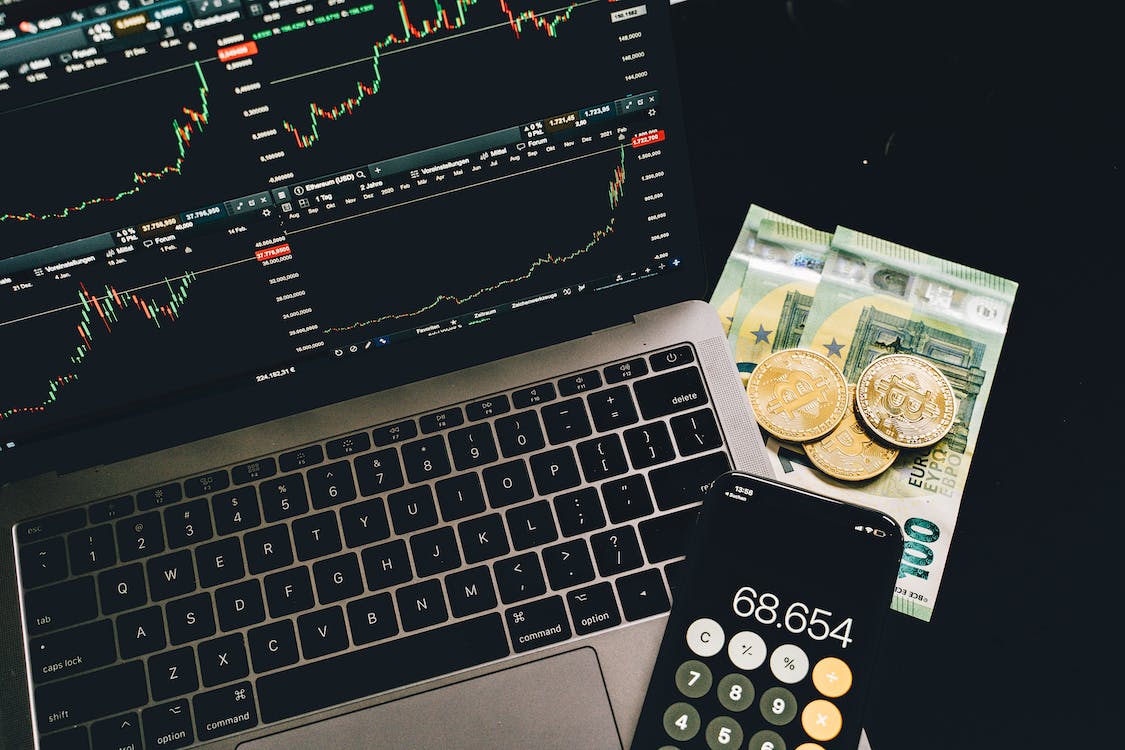Creating a Crypto Wallet on USB: A Guide
Explore the realm of cryptocurrency storage with our guide on creating a USB crypto wallet. This article offers enhanced security and portability, crucial for safeguarding your digital assets. In addition, if you are a newbie in cryptocurrency investment, you must consider knowing about the Future of Crypto Trading.
Selecting the Right USB Wallet
Selecting the right USB wallet for your cryptocurrency needs involves careful consideration of various factors to ensure you get the best mix of security, compatibility, and usability. The first thing to consider is the security features offered by the wallet. Look for wallets that provide robust encryption and have a strong track record for security. This often means researching and comparing different models to understand their security protocols and any history of vulnerabilities. Compatibility is another crucial aspect. Your USB wallet should be compatible with the cryptocurrencies you plan to store, as well as with the operating systems of the devices you’ll use to access it. Some wallets are designed to support a wide range of cryptocurrencies, which is beneficial if you hold a diverse portfolio or plan to expand it in the future. Additionally, cross-platform compatibility ensures you can manage your assets across various devices seamlessly.
The reputation of the brand and the community feedback are also important. Established brands in the cryptocurrency space often have a proven track record and a reliable customer support system. Checking online forums, user reviews, and community discussions can provide insights into user experiences, highlighting both strengths and potential issues with various models. User-friendliness is another key factor, especially if you are new to using hardware wallets. A wallet with an intuitive interface and straightforward setup process can significantly enhance your experience. It’s important to strike a balance between advanced security features and usability – a highly secure wallet that’s difficult to use can lead to mistakes and potentially compromise your assets.
Lastly, consider future-proofing your investment. A wallet that receives regular firmware updates is more likely to stay secure and compatible with new cryptocurrencies and features. The ability of the wallet to adapt to the evolving landscape of digital currencies is an important aspect of its longevity and usefulness. In summary, selecting the right USB wallet requires a balance of security, compatibility, brand reputation, user-friendliness, and future-proofing. Thorough research and consideration of these factors will help you choose a wallet that not only secures your digital assets but also aligns with your usage habits and future cryptocurrency plans.
Setting Up Your USB Crypto Wallet
Setting up your USB crypto wallet is a straightforward process, but it demands attention to detail to ensure the security and functionality of your digital assets. Initially, after acquiring the USB wallet, the first step is to securely unbox and verify its contents. It’s crucial to purchase your wallet from a reputable source to avoid the risk of tampering or counterfeit products. Once you have the wallet, carefully examine it for any signs of tampering. The next step involves initializing your wallet. This usually means plugging the USB device into a computer and following the setup instructions provided by the wallet’s software. During this stage, the wallet will generate a new private key, which is the crucial component for securing your funds. This process must be done on a secure, malware-free computer since a compromised device can lead to a compromised wallet.
One of the most critical steps in the setup process is backing up your wallet. Typically, this involves writing down a recovery phrase, also known as a seed phrase, which is a series of words generated by the wallet. This phrase is essential for recovering your funds if the wallet is lost, damaged, or stolen. It is imperative to write this phrase down accurately and store it in a secure location, separate from where you keep the USB wallet. After securing your backup, the next step is to create a strong, unique PIN or password for your wallet. This PIN adds a layer of security, ensuring that even if someone physically accesses your USB wallet, they cannot access your funds without this PIN. It’s important to choose a PIN that is difficult to guess and not use a PIN that you’ve used elsewhere.
Finally, once your wallet is set up, you can start transferring cryptocurrencies to it. This typically involves using the wallet’s software to generate a receiving address, to which you can transfer funds from another wallet or a cryptocurrency exchange. Always double-check addresses when making transactions to prevent errors.
Conclusion
Our journey through establishing a USB crypto wallet highlights its importance for secure and convenient cryptocurrency management. Embrace this method to ensure your digital currencies are protected and accessible.
Check Next >https://www.neoadviser.com/strategies-for-sustained-wealth/

Very well presented. Every quote was awesome and thanks for sharing the content. Keep sharing and keep motivating others.